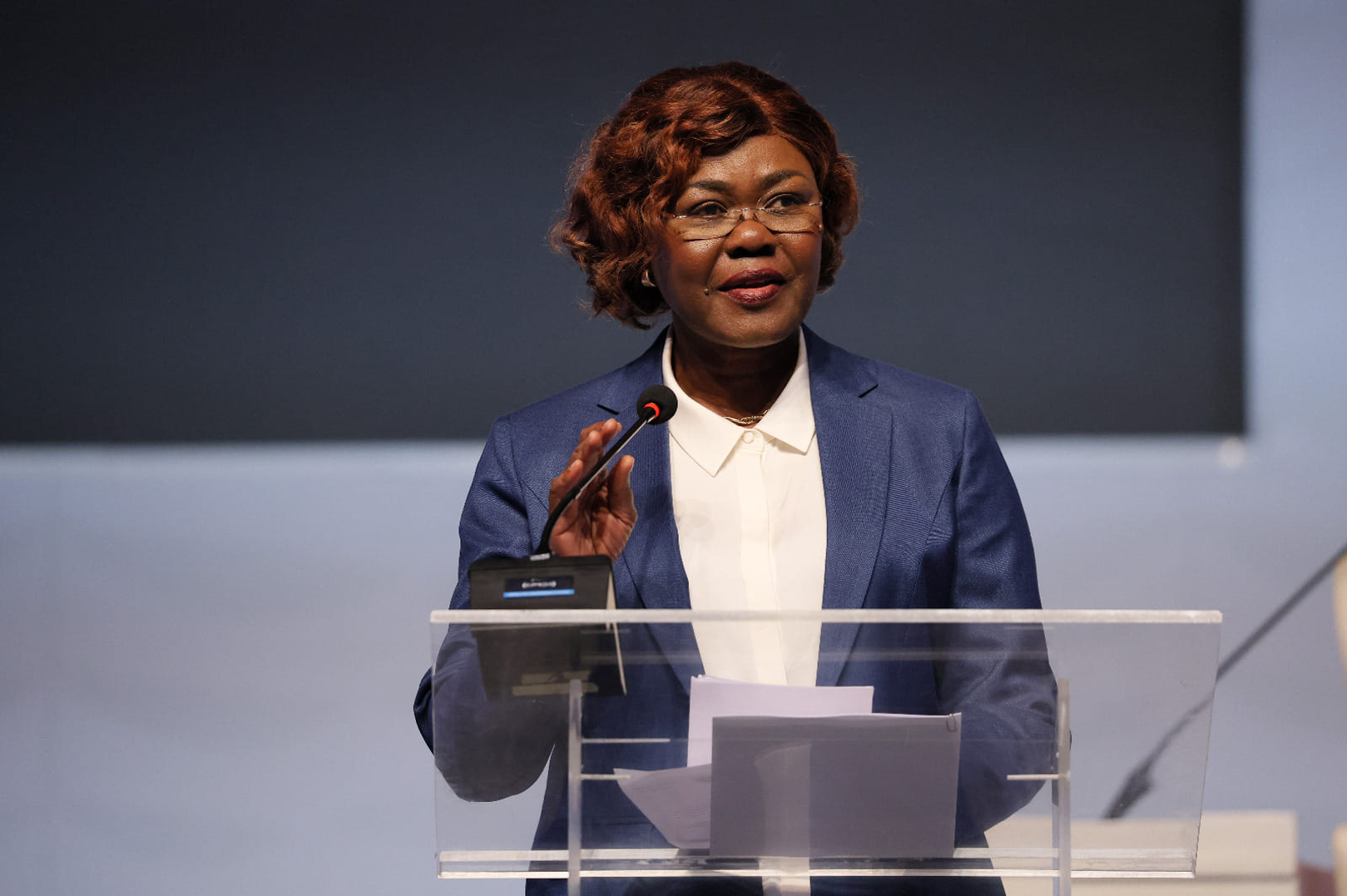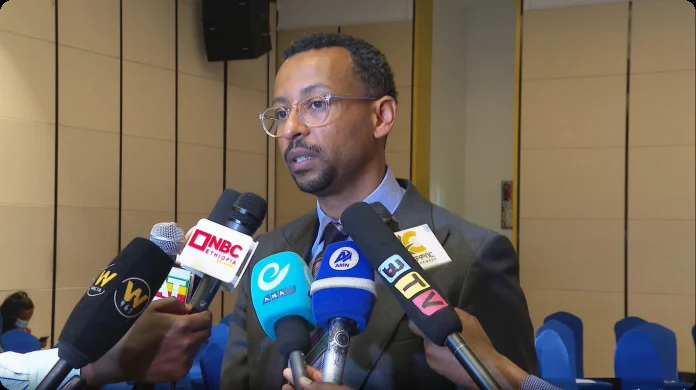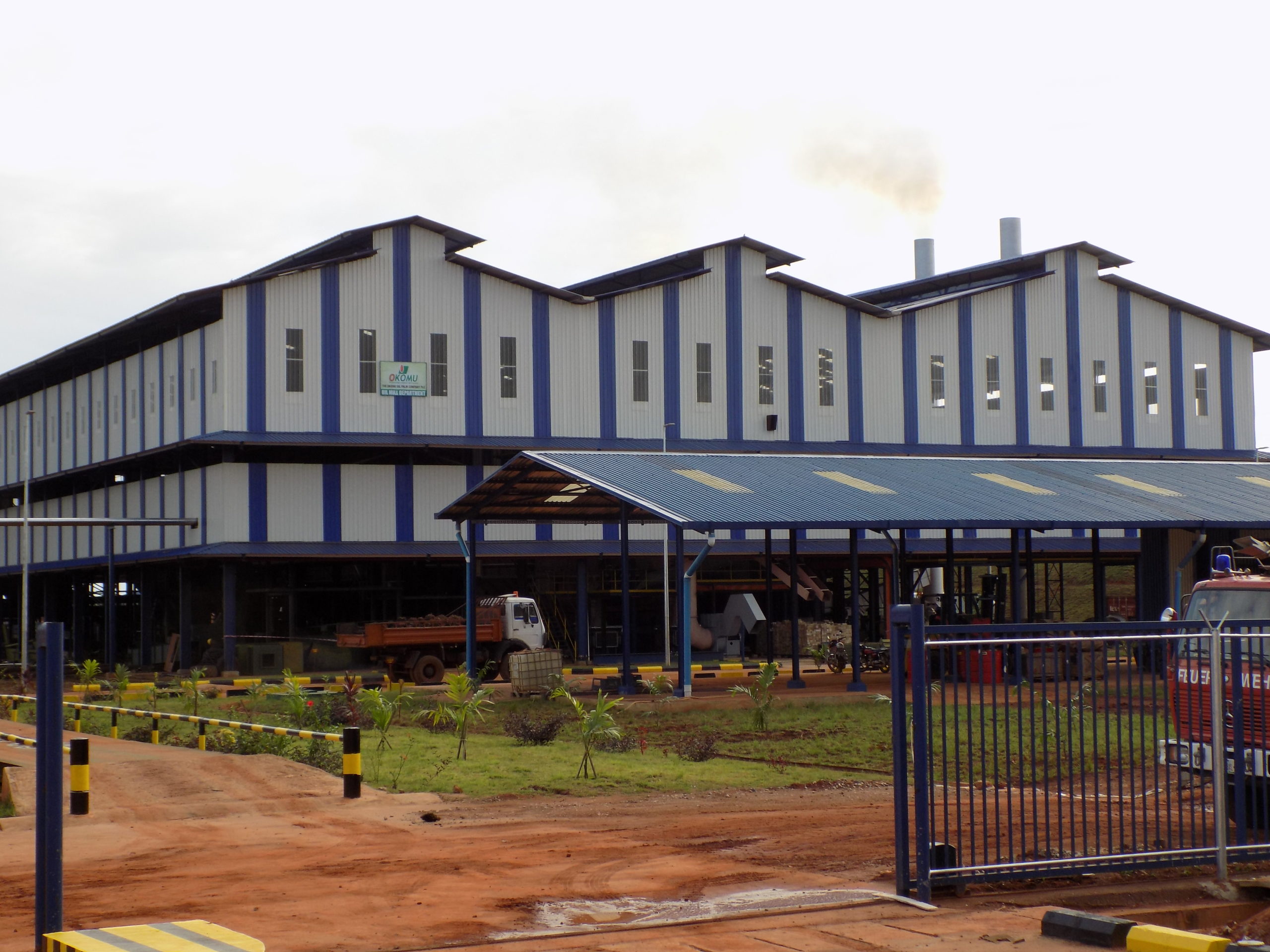Saguling Solar: Can Floating PV Sink Indonesia’s Coal Giants?
China Gezhouba’s 60MW floating solar plant is more than a pilot—it pits FPV economics against Indonesia’s coal incumbents. If tariffs hold and scale follows, global solar suppliers (JKS, CSIQ, 601012.SS) and IDX contractors stand to gain, while ADRO.JK and PTBA.JK face demand erosion.

China Gezhouba Group’s start of a 60-MW floating solar (FPV) project on Indonesia’s Saguling Reservoir signals not just technology adoption but a broader play in the global renewable value chain. The project, expected to generate 129 million kWh annually and offset 149,000 tons of CO₂, looks modest against Indonesia’s ~80 GW grid, yet it positions FPV as a pilot technology within the 2025–2034 electricity plan.
Technology economics. FPV costs in Asia average $0.8–1.2 million per MW, implying a Saguling price tag of $50–70 million. For comparison, utility-scale ground solar can be below $0.7 million/MW. Listed module suppliers like JinkoSolar (JKS, NYSE), Canadian Solar (CSIQ, NASDAQ), and LONGi Green Energy (601012.SS, Shanghai) are pushing FPV products as higher-margin offerings, while operators weigh whether efficiency gains (cooling, lower evaporation) justify the premium.
Policy context. Indonesia (IDX Composite: ^JKSE) targets 23% renewable energy by 2025 and 31% by 2050, but current mix remains coal-heavy (>60%). Major domestic coal producers such as Adaro Energy (ADRO.JK) and Bukit Asam (PTBA.JK) face gradual demand erosion if projects like Saguling scale. Yet FPV’s current capacity remains marginal relative to PLN’s baseload planning, limiting near-term displacement.
Financial risk. With tariffs in Indonesia averaging around $0.07/kWh, payback depends on long-term PPAs and rupiah stability (USD/IDR ~15,600). Indonesia’s history of tariff renegotiations adds counterparty risk. China Gezhouba, part of China Energy Engineering Corp (3996.HK), may accept thin IRRs for strategic positioning, echoing earlier hydropower EPC plays. Investors in BRI-linked infrastructure should note that Gezhouba’s margins in overseas renewables often trail domestic projects, but the reputational value of successful FPV delivery is high.
Employment & localization. The cited 1,600 construction jobs are politically salient but short-lived. Long-term O&M will be lean unless local firms develop manufacturing or servicing capacity. Listed Indonesian engineering groups such as Wijaya Karya (WIKA.JK) and PP Presisi (PPRE.JK) could benefit if localization clauses deepen. Without such spillovers, Indonesia risks dependency on Chinese supply chains.
Comparables. Saguling’s 60 MW mirrors Singapore’s Tengeh project (commissioned 2021), supplied by Sembcorp Industries (U96.SI), and Thailand’s Sirindhorn project (45 MW). Both faced higher upfront capex but proved technical feasibility. Investors should note that FPV’s market share globally is <2% of installed solar, yet BloombergNEF projects it could exceed 10 GW/year installations by 2030, especially in Asia where land constraints are acute.
Strategic implications. For China, Saguling reinforces Belt and Road renewables exports. For Indonesia, it is a cautious FPV trial before scaling to larger reservoirs like Cirata. The broader question for investors is whether FPV can graduate from niche to mainstream, creating opportunities across supply chains (floats, anchoring systems, specialized inverters). Firms like Sunseap (acquired by EDP Renewables, EDP.LS) and FPV tech startups are positioning aggressively in this segment.
Investor angle. Saguling will not move earnings for listed players today, but it validates FPV as a growth story. Watch for contracts awarded to JKS, CSIQ, 601012.SS, and local IDX-listed contractors; monitor PLN’s stance on tariff guarantees; and track whether Indonesian sovereign wealth fund INA allocates to FPV pipelines. For coal equities (ADRO.JK, PTBA.JK), projects like Saguling highlight a slow-burn structural risk to demand, even if near-term pricing remains favorable.
Ultimately, Saguling is less about the immediate 60 MW and more about credibility. If delivered on time and on budget, it strengthens Gezhouba’s EPC credentials abroad and signals to investors that FPV is viable in emerging Asia — a niche that could expand valuations for global solar suppliers and test the resilience of Indonesia’s coal-centric power model.





